5 Fresh and Light Japanese Sweets to Welcome Spring
Enjoy the Delicate Flavors of Spring Wagashi at Your Next Hanami
From Japanese nightingales to the rosy hues of plum and cherry blossoms, spring influences have long inspired Japanese confectioners to produce wagashi (traditional Japanese sweets) that are as beautiful as they are tasty.
Japanese confectionery brings out the best of the seasons by foregrounding motifs and flavors representing the changing weather. Indeed, once I started living in Japan and experiencing the ebbs and flows of the seasons here myself, the diversity of wagashi increasingly fascinated me, and soon, these Japanese desserts began making their way onto my table and into our family traditions.
When you imagine spring in Japan, cherry blossom trees probably come to mind, alongside fresh buds and bird songs. Wagashi makers capture this in their fresh creations, many of which tie in the ephemeral and iconic sakura, as well as Japanese festivities of the season, such as Hina Matsuri (Girls’ Day) and Kodomo no Hi (Children’s Day). Get to know five of the most delicious spring sweets below.
1. Hanami dango
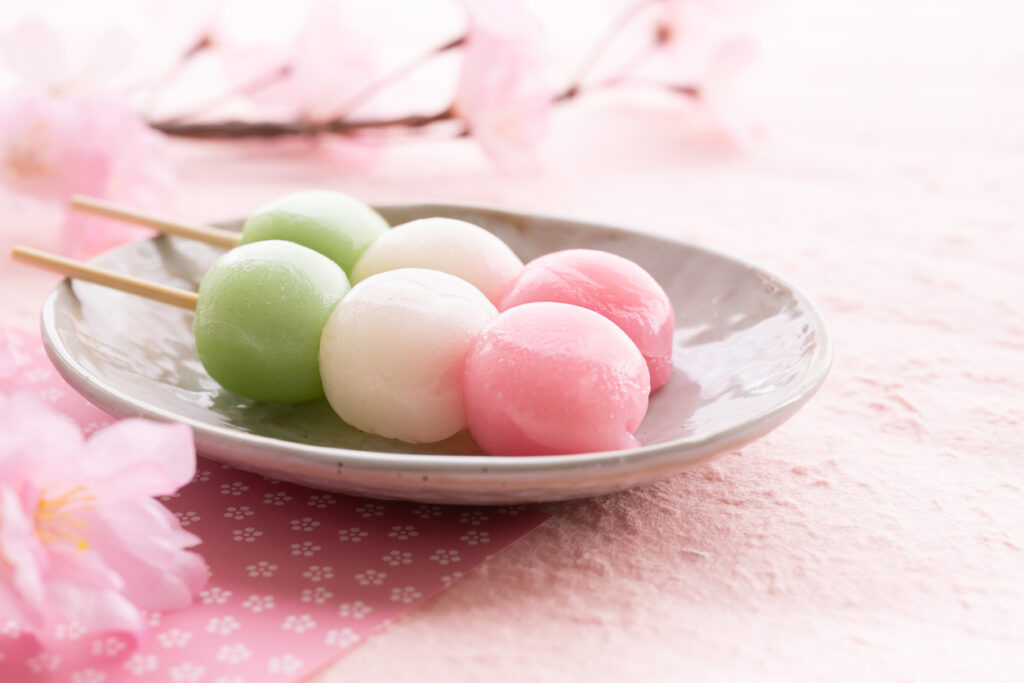 © Photo by iStock: shironagasukujira
© Photo by iStock: shironagasukujiraHeralding the arrival of spring all over Japan is the simple yet delectable hanami dango, which are sweetened glutinous rice dumplings served on skewers. The act of eating these dango became popularized after Toyotomi Hideyoshi served them to his guests at a hanami event at Daigoji Temple in Kyoto in 1598. This iconic confectionery always comes with three dumplings, one pink, one white and one green, on a skewer, hence why they are also referred to as sanshoku (three color) dango. Some say that these colors were chosen because they represent the life cycle of sakura: starting as pink buds, turning to white flowers and finally, becoming green leaves. The colors are also thought to refer to the seasons: pink for spring blooms, white for snowy winter and green for summery leaves.
2. Sakura mochi
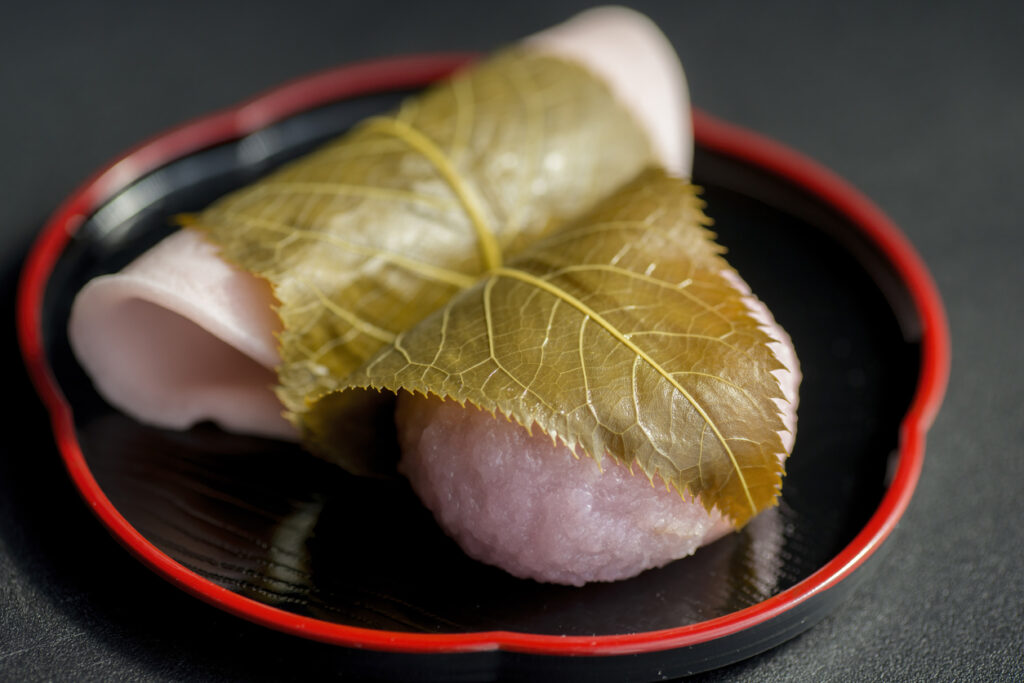 © Photo by iStock: itasun
© Photo by iStock: itasunSakura mochi is a light pink glutinous rice ball that has a deliciously chewy texture and is filled with sweet red bean paste. Sakura mochi get their namesake from the salt-pickled sakura leaves that are wrapped around the mochi. This sweet yet salty combination intensifies the aromatic flavors and fragrance of sakura, making it a favorite wagashi of the spring season. There are regional differences in the ingredients and appearance of sakura mochi. In eastern Japan, the sakura mochi is made from shiratamako (a type of glutinous rice flour), which produces a smooth consistency, while in western Japan, a different glutinous domyojiko rice flour is used, which creates a granulated texture.
3. Kusa mochi
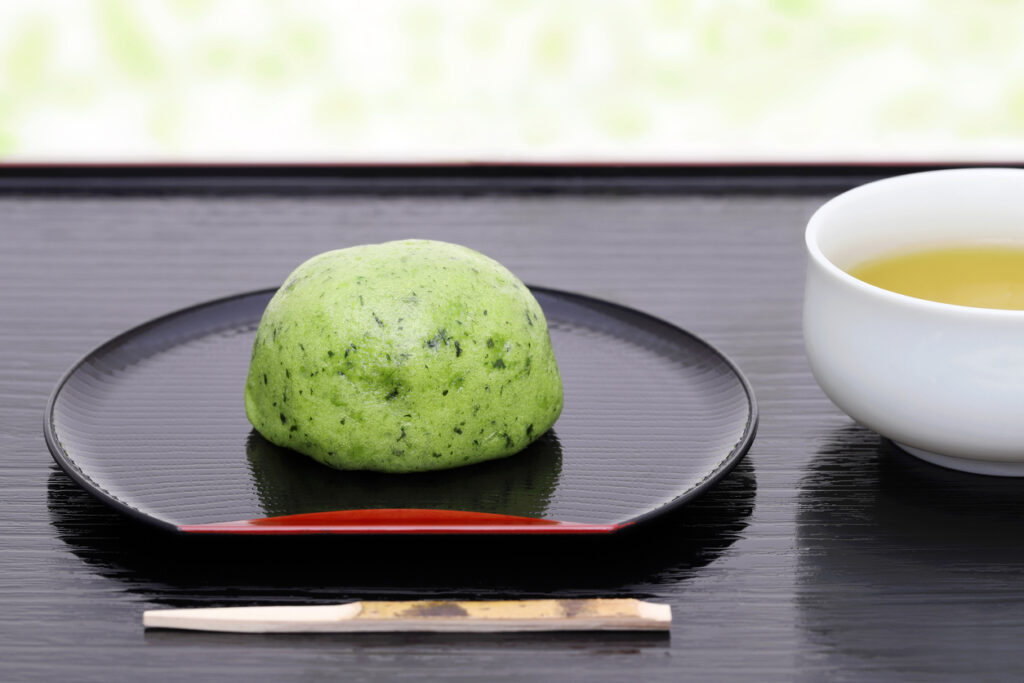 © Photo by iStock: akiyoko
© Photo by iStock: akiyokoKusa mochi, also known as yomogi mochi, is named after the Japanese herb that is used to produce this sweet. Yomogi, or Japanese Mugwort, is a leafy green perennial that grows throughout most of Japan. The tender fresh leaves have a slightly bitter and grassy taste that is thought to be reminiscent of spring. Kusa mochi is made by kneading boiled and ground yomogi leaves into mochi, giving this treat its telltale bright green color. This dessert has long been enjoyed in Japan with historical records revealing that nobles were eating kusa mochi as early as the Heian period (794-1185). Also, as a true spring confectionery, it is often presented as an offering during Hina Matsuri since its vivid green color is representative of fertility and life.
4. Kashiwa mochi
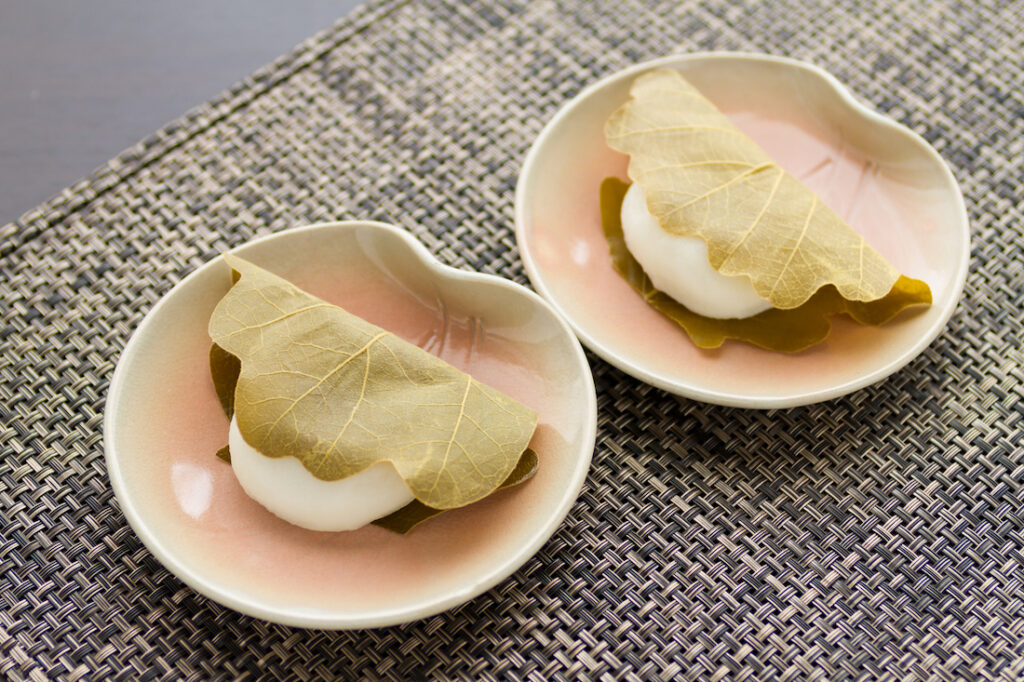 © Photo by iStock: yumehana
© Photo by iStock: yumehanaKashiwa mochi is a type of mochi dessert that is filled with red bean paste and wrapped in kashiwa (Japanese Emperor Oak) leaves. Their green and white appearance is considered beautiful and symbolic of springtime. Unlike the leaf in sakura mochi, the kashiwa leaf is usually not consumed. On May 5, Japan celebrates Kodomo no Hi and a customary treat to enjoy is kashiwa mochi, which some say is in hopes that children will grow tall and strong like oak trees. Another school of thought suggests that the confectionary represents parents as the oak tree, whose leaves do not fall off even when withered, instead protecting the new buds (children) until spring. This tradition, as well as kashiwa mochi itself, dates to the Edo period. However, the practice of wrapping foods in oak leaves, which have antibacterial properties, began in ancient times in Japan.
5. Spring nerikiri
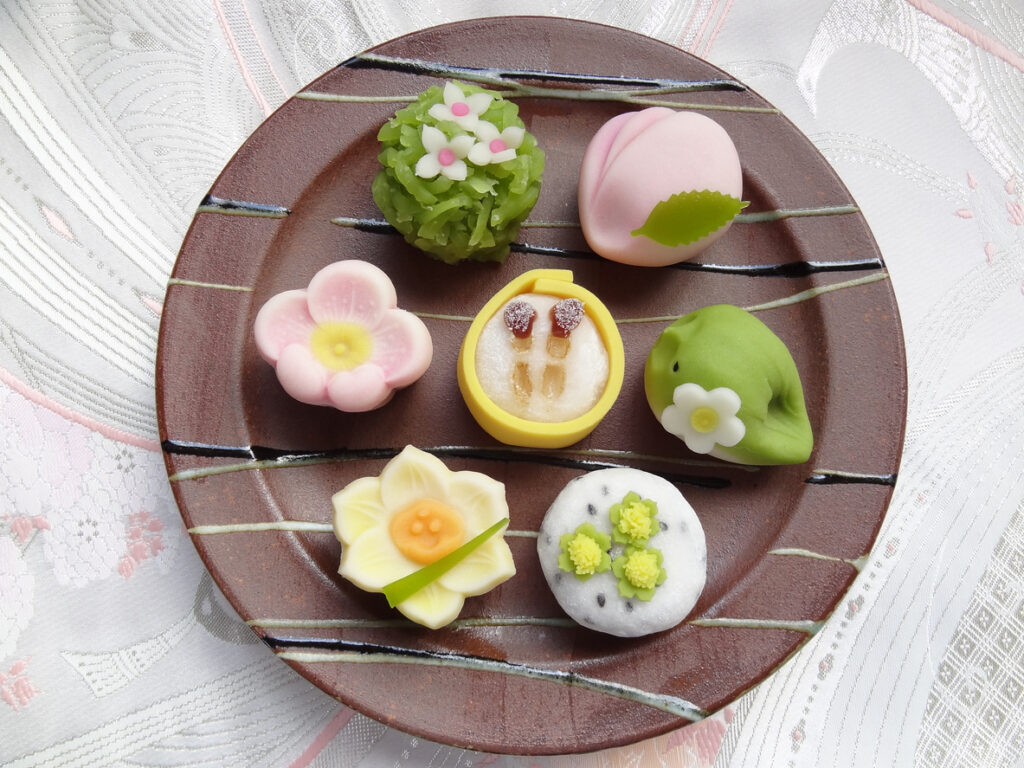 © Photo by iStock: yumi
© Photo by iStock: yumiNerikiri refers to a special treat wherein yama no imo (Japanese yam) and shiro an (white bean) paste are combined with sugar and colored and shaped into delicate motifs. The history of nerikiri began in the Edo period when they developed out of an older Kyoto tradition of konashi, wagashi created out of white bean paste, flour and sugar made into shapes. As shops in Edo appeared, the techniques were further refined and the main influences for each season were established. For spring, the most popular inspirations are ume, sakura, yamabuki (Japanese yellow rose) and uguisu (Japanese nightingale) usually in the colors of light pink, green and yellow. These intricate hand-made desserts require much skill and artistic talent to execute and are considered a jyounamagashi (high-grade fresh confectionery). As such, they are often used as offerings as well as thoughtful gifts.
Whether this spring will be your first bite of mochi or you are a seasoned regular at the local wagashi store, the five sweets above will delight and awaken your senses to the loveliness of this season here in Japan.












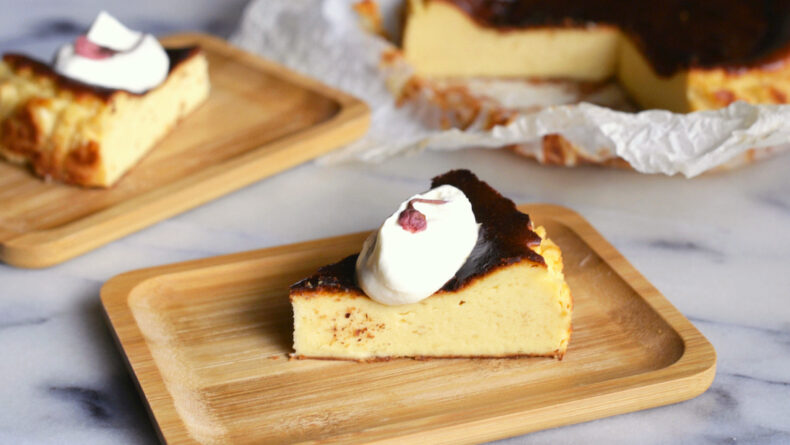
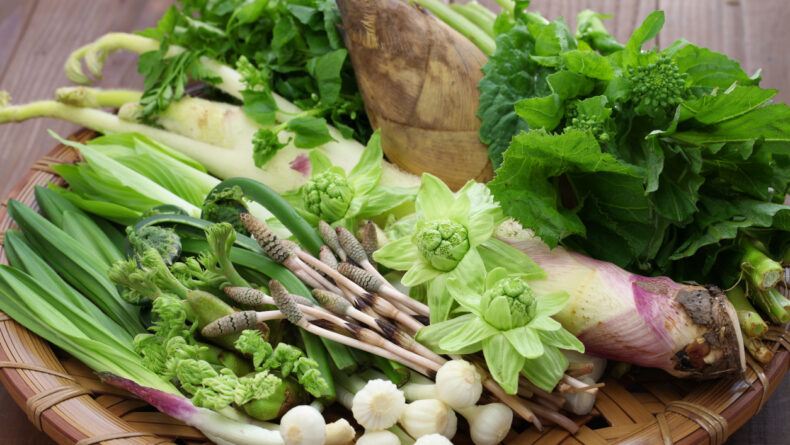

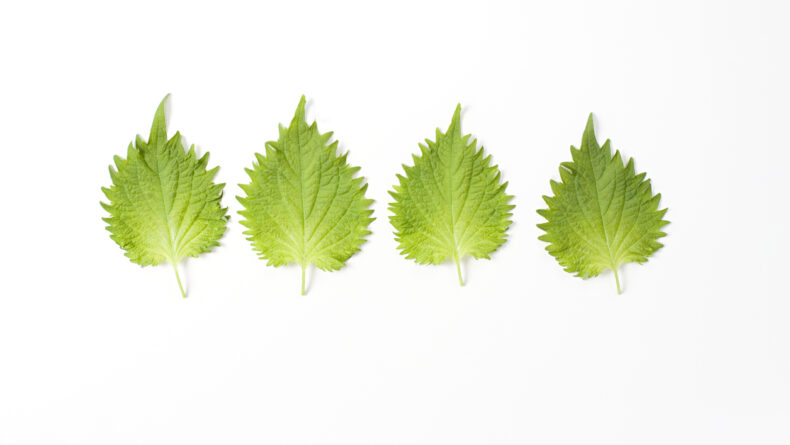
Leave a Reply